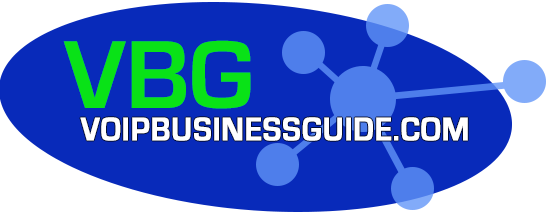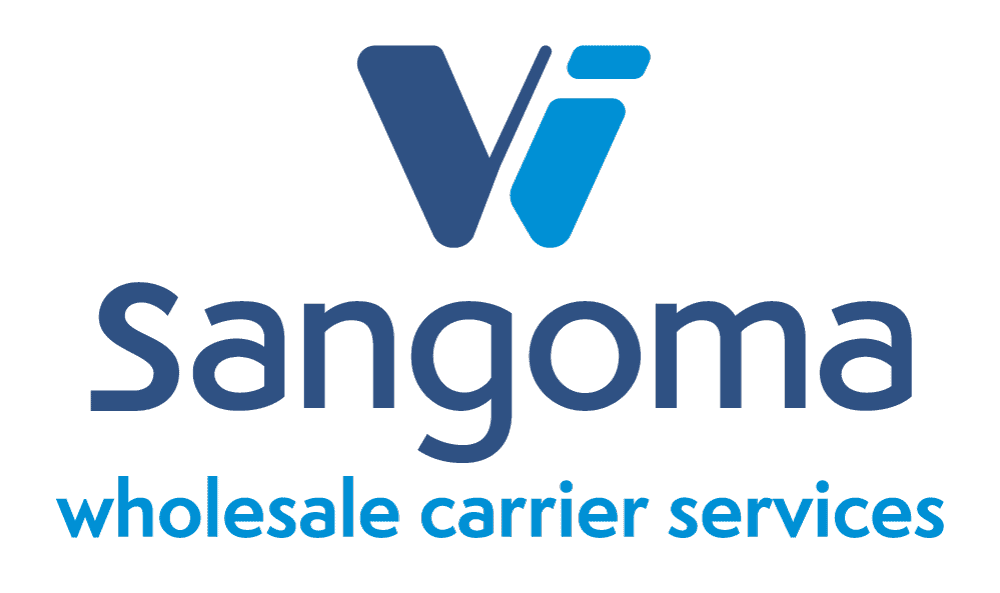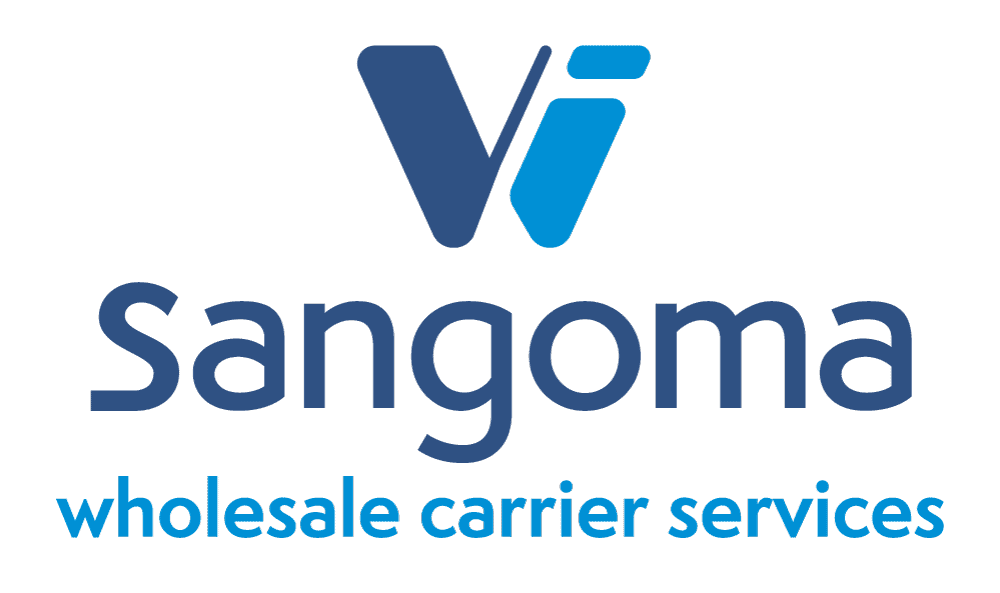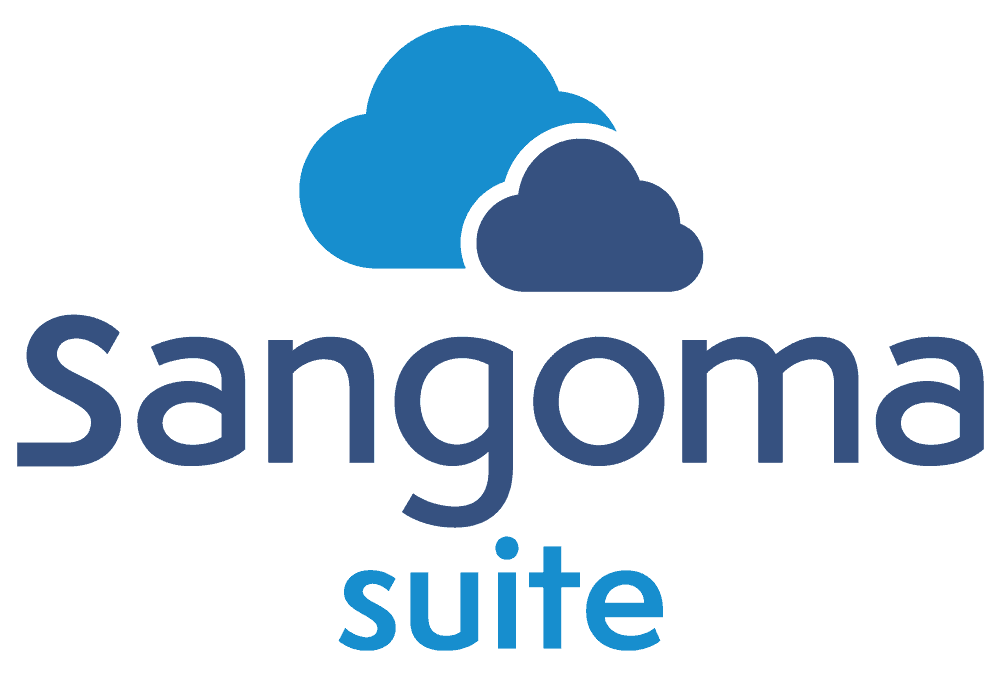Tips for Upgrading Your Team Collaboration Platform
Team Collaboration software can be a vital part of your organization’s success. As companies face more instances of employees working from remote locales, they also find themselves in need of applications that can effectively unite—and assist—their workers from across the miles. This type of cloud-based software can foster work productivity, communications and collaboration, allowing staff to better exchange ideas, delegate tasks and edit and share documents.
Related: 4 Reasons Why Businesses Are Moving To Connected Workspaces
Ultimately, your choice for a Team Collaboration environment is an important decision that can impact the company bottom line for years to come. The impact of the considerations that go into that decision must be underscored.
Team Collaboration Software Considerations
How do you choose the right upgrade for your collaboration needs? Which is the correct provider? What features are most important? And are add-ons really necessary when so many options abound?
Regardless of your answers to these questions – and every organization’s responses may vary – the importance of addressing YOUR needs is crucial.
Related: At Your Service: An As-a-Service Guide to Sangoma’s Portfolio
The business world has shifted so much, even from two years ago. Today’s companies more often find themselves geographically dispersed, with a work environment that falls somewhere between at-home, in-office or some combination of the two.
Related: Introducing Sangoma Meet Virtual Backgrounds
At the same time, this expanded work surface exposes today’s companies to previously unforeseen threats. A growing number of malicious, bad actors find it easier to target businesses that operate across a widened area. They prey upon the unique vulnerabilities of the at-home worker whose networks are often not as intensely monitored. For that reason, security also needs to be a focus.
Regardless of the ways in which a company’s individual landscape shifts, however, it is incumbent to consider how to best implement, mix and use team collaboration tools to maintain operation workflows.
Team Collaboration Key Features & Benefits
Most team-based collaboration tools include basic elements such as:
- Messaging: Supports real-time exchanges, presence availability and group, channel and tag-based chats. This function helps to decrease reliance on traditional email and phone usage in cases where a quick, real-time exchange—without having to archive the info—is needed.
- Doc Management: Helps upload, collaborate on, simultaneously edit and control access to (permission-sharing) critical files.
- Videoconferencing: Promotes one-on-one or group discussions with an emphasis on interactivity.
- Project Management: Assists planning, tracking changes and attribution notes.
- Reporting: Monitors staff activity and progress. This function also allows admins to generate reports and share data.
Customize Your Team Experience Tools
Your software set should be able to optimize and streamline worker / group productivity, supporting interactions to create a remote environment that parallels collaborating with a person just across the room.
Related: Evolution of Email: Best Practices for Embracing Team Collaboration Software
There are, however, many other considerations when choosing your team collaboration tool:
- Availability: Is the software browser-based? Is it available for the major platforms? Is it accessible over most internet-connected devices?
- Security: How are critical documents and exchanges protected, especially from an unsecure location? Are files encrypted? Is password sharing discouraged? Are two-factor authentication and other verification methods employed?
- Customizability: Does the application offer standard or a la carte features that meet your specific needs?
- Manageability: Are there options to control user and group settings, document access, call functions and more?
- Accessibility: Is information accessible using a search function? How are files organized and stored?
- Contact Governance: Can it juggle personal and professional contact information?
- Scalability and Integration: Are on-demand cloud-based storage and other elements easily added?
The ultimate goal is to best support ongoing projects, making collaboration as pain-free and seamless as possible. Special focus, of course, should go toward software that allows users to connect via messaging, conferencing and over shared docs. At the same time, users should be able to maintain projects using notes, embedded workflow tools, support for attachments and drag-and-drop options. Information accessibility is also key, thus having a modern and intuitive search tool is also important.
How do you go about upgrading to the best Team Collaboration solution for your business? The simplest answer to this complex question is to examine your needs, then follow suit.
The post Tips for Upgrading Your Team Collaboration Platform appeared first on Sangoma.





